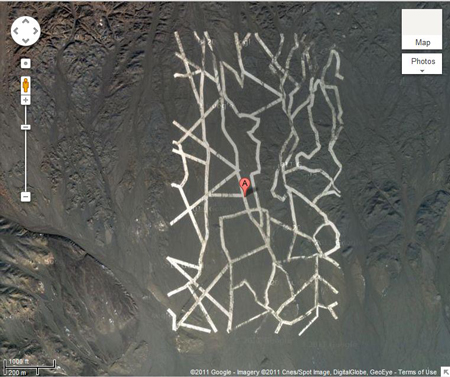Android Market free-for-all blamed for malware avalanche
Android mobile malware samples have increased more than five-fold since July alone, according to a study by Juniper Networks.
The ability of anyone to develop and publish an application to the Android Market – in contrast to the more restrictive model applied by Apple for iOS – is at least partly to blame for the huge increase of 472 per cent in little over three months, according to Juniper. The network infrastructure firm also blames the absence of an “adequate code-review mechanism” for the rise.
A blog post by Juniper explains:
These days, it seems all you need is a developer account, that is relatively easy to anonymise, pay $25 and you can post your applications. With no upfront review process, no one checking to see that your application does what it says, just the world’s largest majority of smartphone users skimming past your application’s description page with whatever description of the application the developer chooses to include.
Applications can be removed from the Android marketplace following complaints, but by then any rogue application would have hit hundreds or perhaps thousands of victims. In addition to increased volumes of Android malware (growing exponentially, according to Juniper), the firm is also seeing a growth in the sophistication of malware sample for the smartphone platform. One increasingly popular tactic is establishing a backdoor on compromised devices that can later be used to push secondary infectors or updates onto pwned smartphones, as Juniper explains.
In the early spring, we began seeing Android malware that was capable of leveraging one of several platform vulnerabilities that allowed malware to gain root access on the device, in the background, and then install additional packages to the device to extend the functionality of the malware.
Today, just about every piece of malware that is released contains this capability, simply because the vulnerabilities remain prevalent in nearly 90 per cent of Android devices being carried around today. Attackers know this, and they’re using it to gain privilege escalation on the device in order to gain access to data and services that wouldn’t otherwise be available.
More than half (55 per cent) of known Android malware samples bundle spyware functionality. Malware strains that send text messages to premium rate numbers – netting cyber-crooks a commission fee in the process – are also commonplace. Most malicious applications target communications, location, or other personal identifying information.
Talk of exponential malware growth is alarming – and justified – but needs to be put into context: that this growth started from a low base dwarfed in volumes by the quantity of windows malware. Specialist mobile security firm Lookout, for example, estimates mobile malware instances have more than doubled to nearly 1,000 over the last four months alone. Windows malware estimates routinely exceed 5 million and above.
Juniper reckons that bad guys who used to write malware for Symbian and Windows mobile devices have moved over to Android as Google’s platform has increased in popularity. Android malware instances have increased as a result. In the meantime strains of iOS malware have been limited to the infamous rickrolling worm and a similar banking Trojan a couple of years back, and limited to unlocked devices. Apple’s app store polices – rather than inherent features of either smartphone platform – explain why Android malware is abundant while Apple smartphone malware is almost unheard of, according to Juniper.
The main reason for the malware epidemic on Android is because of different approaches that Apple and Google take to police their application stores. Android’s open applications store model, which the lacks code signing and an application review process that Apple requires, makes it easy for attackers to distribute their malware.
Famed researcher Charlie Miller managed to get a malicious application into Apple’s App Store, so Apple is not immune to problems in this area, as Juniper acknowledges. However, in the case of Android, no such restrictions even exist. Juniper concludes:
There is still no upfront review process in the official Android Market that offers even the hint of a challenge to malware writers that their investment in coding malware will be for naught… which means Android will remain the target of mobile malware writers around the world.
Juniper’s malicious mobile threats report can be downloaded here (registration required). A commentary of its main findings, alongside an infographic, can be found here.
Some security watchers have described Android as the new Windows because of the security problems that are beginning to congregate around the platform. Some operating systems attract malware writers while others are largely avoided for reasons that don’t have much to do with the inherent security of an operating system. Widespread adoption, knowledge among VXers on how to write malware, documentation, and virus creation tools are more important factors.
Android ticks all of these boxes, just as Windows did before it. Unless the lessons of the past are learned, and learned quickly, we risk repeating the same pox-plagued history of Windows desktops on smartphones. ®
Article source: http://go.theregister.com/feed/www.theregister.co.uk/2011/11/18/android_malware_surge/

